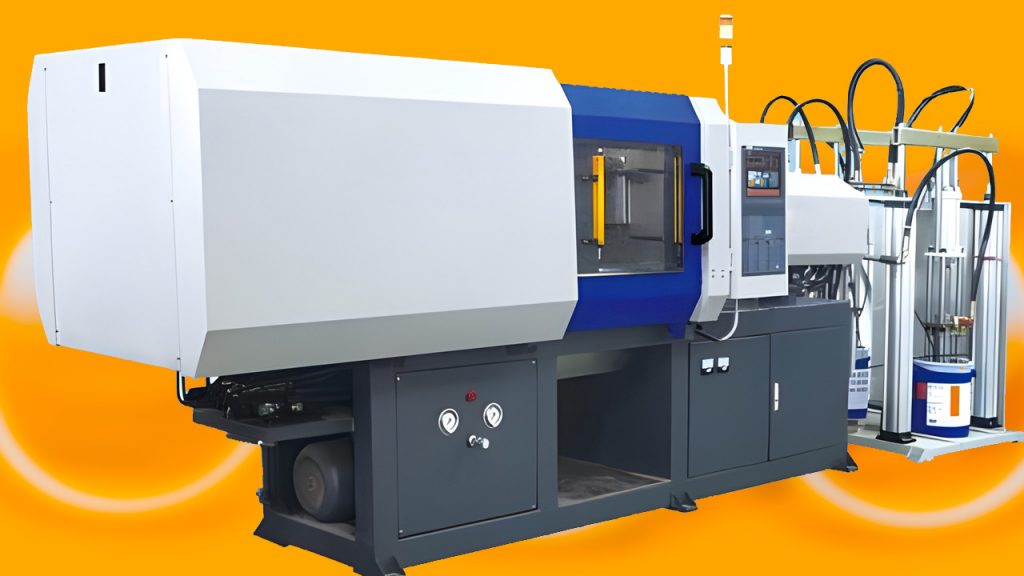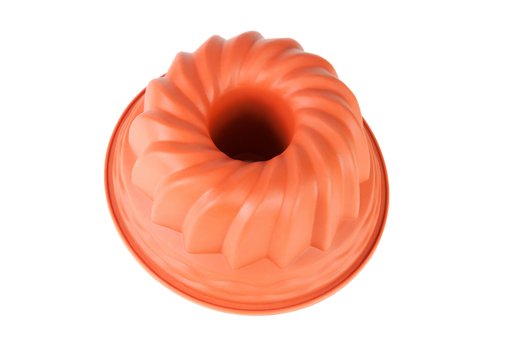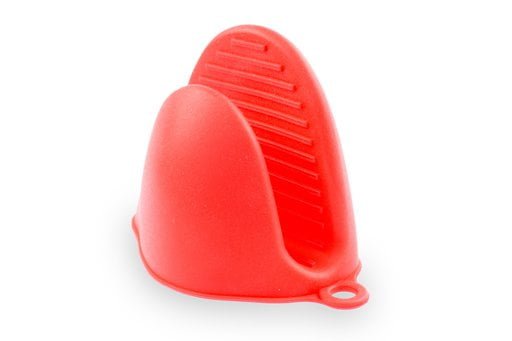The world’s largest industrial sector is the production of plastic. Making plastic goods involves a crucial procedure called injection molding. It is a method that makes it possible to produce similar goods in large quantities quickly. These can be high-precision technical components or disposable consumer items. Utilizing liquid injection molding, manufacturers may create a variety of components and goods from stock materials. It targets liquid silicone rubber and related elastomeric materials in particular. Liquid injection molding varies from the conventional reaction injection molding technique in that it involves mechanical mixing as opposed to pressurized impingement mixing.

Seals, o-rings, isolators, and electronic contacts are just a few of the many adaptable objects that may be produced using it effectively. Check out the information below to better understand what you need to know about liquid injection moldings.
Process of Liquid Injection Molding
In liquid injection molding, various plungers mix and dispense plastic-based materials evenly. The base-forming plastic, which can be strengthened with additives and fibers, is often contained in one plunger. The catalyst, which starts the mixing reaction, is typically in the second plunger. After being directly injected into a sealed mold, the compounded material hardens, and the almost finished component is then removed from the molding machine.
The most widely used materials in liquid injection molding are silicones and アクリル. For the injection stage, a spring-loaded pin nozzle can be employed to help prevent machine components from becoming clogged with liquid plastic. As a result of spring-loading, the channel is kept clear by allowing the injection pressure to be higher than that of the extruder barrel. Computer-aided design tools are also useful for increasing the effectiveness of the molding process. Computer programs can perform simulations, which can also assess the results and keep track of integrated devices to establish the ideal processing settings. Using thermal imaging technologies, you may detect industrial problems like mold flaws or inconsistent designs.

Machines for Liquid Injection Molding
The foundation of a typical liquid injection molding machine is a metered pumping system and an injection unit with an associated dynamic or static mixer. These systems should ideally be combined compactly and accurately with peripheral components to accommodate specific project requirements. In a conventional liquid injection machine, the following components are crucial:
- Injectors:
Under the influence of pressure, the injection device forces forming material into the pumping section, such as liquid silicone rubber. The operator can typically change the pressure and injection rate depending on the specifics of the project.
- Measurement Units:
The metering unit pumps the two liquid ingredients in precise ratios, releasing them simultaneously at a fixed ratio.
- Drums of Supply:
The plungers serve as material supply containers and are connected to the machine’s pumping system. There is frequently an additional container for the pigment in addition to the mixing material’s drums.
- Mixers:
After passing through the metering equipment, the liquid-forming components are blended using a static or dynamic mixer. Then, under pressure, the mixture is pushed into the mold.
- Nozzle:
An automatic シャットオフ valve is frequently built into the nozzle to inject the liquid mixture into the mold, preventing leakage of the compound and overfilling the mold.
- The mold clamp:
The mold clamping device is activated with the injector, pump, and supply unit. When the procedure is finished, it opens the mold and fixes it in place.
Different Types of Injection Molding Materials
Liquid Silicone Rubber Injection Molding:
In order to create a part, a liquid silicone rubber substance can be injected into a mold cavity. It is a two-part platinum-cured elastomer. LSR is a remarkably versatile material in the elastomer sector, used in various components, from consumer goods to medical equipment and everything in between. Due to their translucent nature, these polymers can achieve any desired color by pigmenting them. Additionally, LSR has rapid cycle durations and requires less handling of raw materials, resulting in faster delivery times and higher throughput.
Liquid Silicone Injection Molding Process
Using a clean liquid injection molding method, 液状シリコーンゴム(LSR), a thick liquid polymer, is used to create components via LSR molding. The most stable LSRs employed in the liquid injection molding method are two-part platinum-cured polymers. LSR that has been platinum-cured is received in drums A and B. The vulcanization or curing process starts when the A and B material components are poured into the injection barrel of the molding machine. A third liquid containing the color pigment is also poured into the barrel if colored components are needed. When injected into the heated mold cavities, where it solidifies and becomes the precise shape of the item, the curing process is hastened even further.
Liquid Color Injection Molding:
It is a good idea to define a liquid colorant in detail before learning more about liquid dosing. A liquid binder (carrier), colorants or pigments, and additional additives like process additives, stabilizers, or components of a similar kind make up liquid colorants. Liquid colorants are added to the material to color or alter the characteristics of a plastic (unprocessed polymer or recycled material).

Liquid colorants fall into one of three categories:
- Liquid coloring agents are used to embellishing plastic items.
- Liquid additive concentrations give finished products particular qualities like UV stability, flame retardancy, anti-staticあるいは anti-blocking abilities.
- A mixture of liquid colors containing both colorants and additives.
Where masterbatch or powder works less successfully, liquid colorants are frequently employed in injection molding, extrusion, and blow molding applications.
Liquid Crystal Polymer Injection Molding:
Polymers can become liquid crystallinity either by being dissolved in a solvent or heated over their glass or melting transition point. Liquid-crystal polymers can be solid or molten.
High temperature, great mechanical strength and dimensional stability, high dielectric strength, and a low coefficient of thermal expansion are all characteristics of liquid crystal polymer (LCP) plastic. Solid or melting variants of liquid-crystal polymers are available.
The peculiarity of liquid-crystal polymers is their capacity to develop regions of highly organized structure while they are still in the liquid state. However, the order level is a little lower than in a typical solid crystal. P-hydroxybenzoic acid and similar monomers serve as the foundation for the class of LCPs, which are aromatic polyesters that are partly crystalline.
LCP typically possesses excellent chemical resistance, flame retardancy, good durability, and great mechanical strength at high temperatures. The polymers are available in a range of shapes, including compounds that can be injected into molds and high-temperature sinterable materials.
Liquid Metal Injection Molding;
Liquid metal injection molding can produce ultra-hard, high-strength complicated geometries in quantities ranging from mid to high.
Small amounts of feedstock are melted in a vacuum chamber to prevent oxygen contamination. A plunger pushes the molten alloy into a steel mold as it is poured into the shot sleeve. The liquid metal component emerges from the mold with extreme accuracy, perfect shape, and all of its physical qualities.
The tensile strength of liquid metal alloy parts is more than twice that of titanium. They also have better corrosion resistance than stainless steel, hardness comparable to heat-treated tool steels, and an unrivaled elastic strain limit of 2%. It is a brand-new technology that has only recently been commercially available. Liquid metal alloy parts require little to no finishing or machining procedures compared to parts made using traditional metal forming, casting, or sintering techniques since they are usable out of the mold and have surfaces that can be polished or mirror-like.

The Benefits of Liquid Injection Molding That You Should Know
Quality parts and seals are produced at a low cost:
Although the LIM procedure is speedier and more affordable than compression or transfer molding, it is more intricate and accurate. LIM can also be automated, allowing for minimum work and lower labor expenses. LIM is simply repeatable to produce complex parts of the highest caliber. It allows for the speedy and economical construction of a wide range of parts and seals, from tiny custom-shaped components to full auto-body panels. This procedure’s adaptability and accuracy enable producers to produce high-quality parts in the lowest amount of time.
Little pollution or waste left behind:
By preventing exposure to the environment, the LIM closed-system process reduces contamination of raw materials. LIM components and seals can be utilized for more demanding applications with less contamination, particularly in the medical sector. Customs forms can be produced using rubber injection molding with minimum flash or rubber waste. The additional thin layer of material that exceeds the typical part geometry is referred to as “flash.” Tool damage, excessive injection speed, or a weak clamping force are all potential causes of this. Flash and other waste are decreased with LIM automation and accurate applications.
Offers excellent sealing advantages:
Because of its many dependable characteristics, LSR is the best option for many sealing applications. With a temperature range of -65°C to 200°C, it offers strong resistance to water, ozone, weather, and extreme temperatures. The resulting product has high resistance capabilities because of the use of injection molding using this kind of material. Due to its ability to have a low compression set with a wide variety of durometers, silicone is a material that works well with the LIM process. LSR materials are highly suited for the medical sector because of their flexibility in the durometer range.
プロトツール is the way to go if you’re seeking reliable and competent liquid injection molding services. They ensure you have a seamless and easy experience when utilizing their services while providing the best possible solutions.










